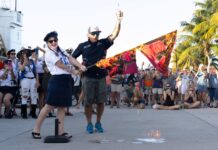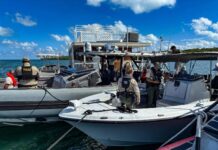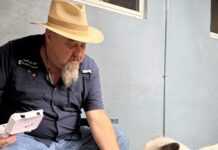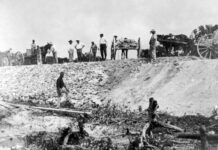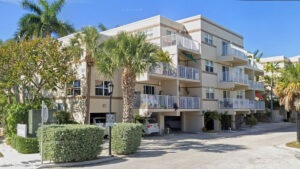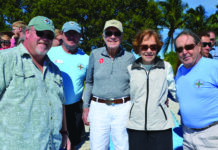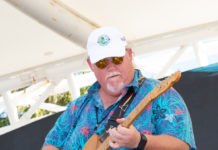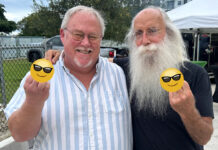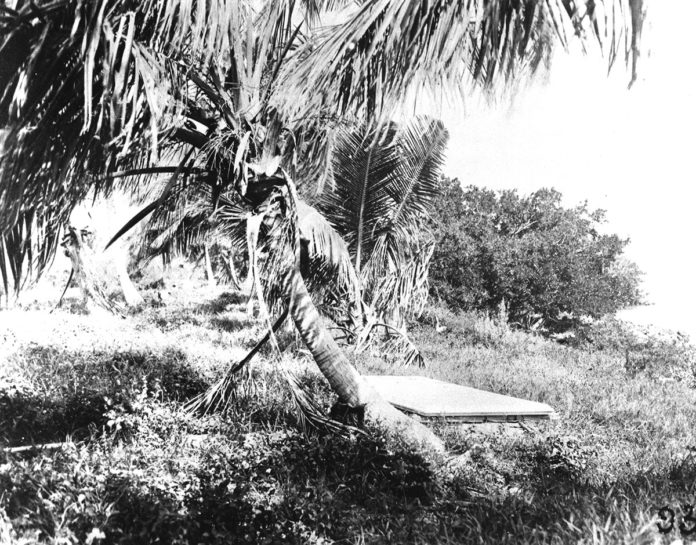
Jacob Housman is remembered as the Wrecker King of Indian Key, among other things.
After sailing to the West Indies from Long Island, New York, as a young man of about 23 he settled on Key West in 1822 and became a Florida wrecker. Understanding the monopoly Key West had created on the wrecking industry, as well as the money it was bringing into the island, Housman worked to create his own wrecking empire. He set his designs on Indian Key.
Housman left Key West and moved to Indian Key circa 1830. On Nov. 19, 1830, Housman purchased a home from William Johnson for $30. The one-story building had two rooms. It also had a separate kitchen building. In those days, kitchens were often separately constructed, free-standing structures in order to insulate the main house from both the additional heat created by cooking and the resulting threat of fire.
It was not his last purchase. On July 5, 1831, Thomas Gibson sold all his rights to properties and interests on Indian Key to Housman for $5,000. Gibson, Housman’s brother-in-law, had purchased Silas Fletcher’s general store, two-story house, kitchen and outhouse in 1828 for $2,500. By the time Housman bought Gibson out, his properties had been improved to include the general store and two-story house, a home now operating as a hotel, plus a nine-pin bowling alley, billiards room and table.
Housman was Indian Key’s single largest property holder. Over the next decade he worked to replicate what Key West offered the wrecking industry. Housman saw to the construction of warehouses and wharves, but also worked to have Indian Key declared a port of entry. According to the Wrecking Act of 1823, all property salvaged in Florida territorial waters had to be reported to a Florida port of entry. At the time, St. Augustine and Key West were the only two ports of entry along the east coast of the Florida Territory. The introduction of a port of entry at Indian Key, a substantially more convenient locale along the reef than Key West, would have devastated the Key West economy and altered the history of the Florida Keys. Fortunately for Key West, each attempt to pass the legislation was denied.
The bigger threat to the territory and the Keys was the 1835 escalation of the Seminole War. As the threat of Indian attack increased, Housman reached out to military and government officials only to be ignored. Working to protect the island and his investments, he assembled every able-bodied man living on the island and created Company B, 10th Regiment Florida Militia. Housman appointed himself Company B’s captain. The initial company consisted of 24 men who enlisted for a term of 40 days.
The militia worked to create protective barriers around the island. They also placed a combination of six twelve-pound and six-pound cannons at strategic locales around the island.
Once a day, or so it has been reported, Company B fired off one of the cannons as a warning.
Florida Delegate Colonel Charles Downing observed, “In January 1836 I was on Indian Key and found a wall around it, built of every sort of material imaginable necessity could furnish. A vessel belonging to Jacob Housman was prepared with port holes, a bulwark around the decks, and armaments, and moved a short distance from the island as a place of refuge for the men and women in the event of a successful attack.”
The island community would suffer during the Seminole War. On Aug. 7, 1840 some 130 Indians attacked the island. Six people were killed and many of the buildings looted and burned. Housman and his wife, Elizabeth Ann, would survive the attack and move to Key West. According to accounts by Charles Howe, who remained on the island after the attack, Housman returned to Indian Key in September. Though urged to return and reopen his general store, he went back to Key West at the end of October. In a letter written by Howe, “he cleared out for good — took everything he had left, to Key West … to sell at Auction — his Negroes — Boats — vessels & I think I see his object, he is as usual very schemey, he is a good deal in debt…”
Housman would be working a shipwreck during what was reported to be a period of turbulent weather on May 1, 1841. According to stories told about him, while attempting to move from one ship to another, he was caught between the two ships and crushed to death.
Housman’s widow, or so the story suggests, retrieved her husband and returned him to Indian Key where his body was interred beneath a marble tombstone.The inscription reads: “Here lieth the body of Capt. Jacob Housman, formerly of Staten Island, State of New York, Proprietor of the island, who died by accident May 1st, 1841, aged 41 years 11 months. To his friends he was sincere, to his enemies he was kind, to all men faithful. This monument is erected by his most disconsolate though affectionate wife, Elizabeth Ann Housman. Sic Transit Gloria Mundi.”



